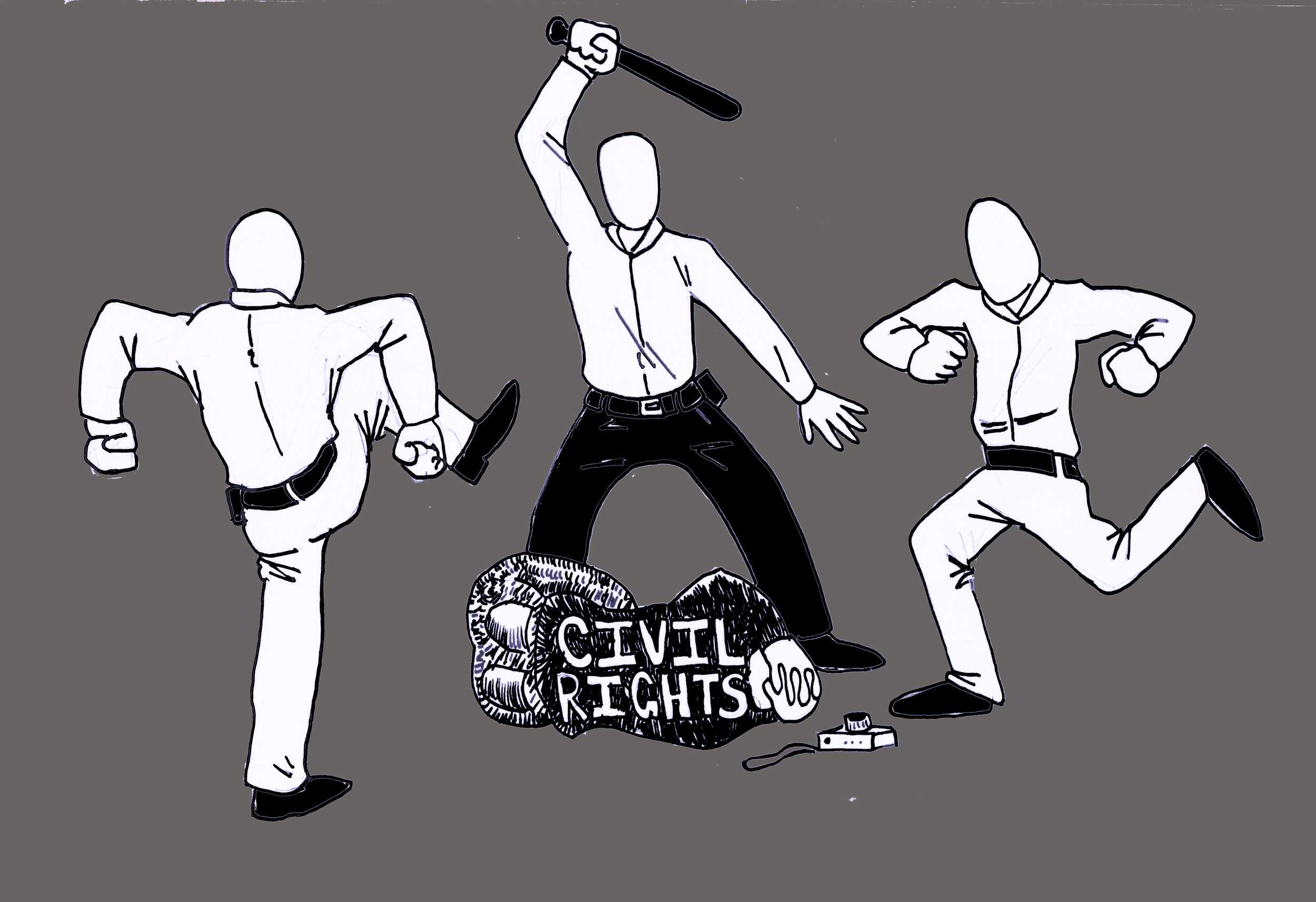Recent cases of police brutality sparked much protest and outrage among many across the United States and the rest of the world.
In the past few years, the U.S. endured public tragedies and deaths of African-Americans at the hands of white police officers, including the deaths of unarmed teen Trayvon Martin, Michael Brown and many others.
These cases of police brutality create a severe divide within the faith communities have in the American justice system and a divide between different cultures and ethnicities in the U.S.
Since the dawn of the African-American Civil Rights Movement of the mid-1950s to the late 1960s, it’s debated in popular culture that racism is dead and the rights and equality of others was achieved.
These recent tragedies and attacks on African-Americans by law enforcement has brought about the question of the current prevalence of racism in society and whether that divide still exists.
Many forms of protest have occurred all across the nation in response to the decision by the grand jury to not indict Police Officer Darren Wilson, who was responsible for the death of Brown in Ferguson, Missouri.
But at what costs are these various protests—violent and nonviolent—deemed effective and as an accepted form of speech within the first amendment in the U.S. Constitution.
In the cities of Oakland and Berkeley, citizens were subjected to tear gas and police action because of the severity of the violence that ensued in the recent court decisions reinforcing police brutality.
Violence and vandalism seem ineffective in response to disagreeing with the grand jury’s decision in the case of Brown.
When protests in Ferguson first occurred, Twitter was crazed with journalists being harassed by local police in military gear and tear gassed while reporting. They also had their equipment confiscated.
On many college campuses around the nation, students have taken it into their own hands in the form of protests to argue against the multiple cases of police homicides of unarmed citizens, which are debated as a form of police brutality in the U.S.
In respect, there are ways for people to protest, and ways not to protest. The most recent example was on Nov. 26, when the grand jury declined to indict Wilson. Hundreds of protestors flooded the freeway causing traffic, and illegal car races at the port Oakland.
Neither of these is positive forms of protest, and instead are ways that hurt the movement many are trying to start as well as stop it in its tracks.
Sonoma State University students proved they are capable of lawfully protesting last week meanwhile not getting arrested in the process.
Gaining the attention of many students studying for finals, they walked through three floors of the University Library where nobody said anything or stopped them. These students walked in silence, communicating why they were protesting.
Students must practice non-violence while also promoting positive action for any effective change to occur. By organizing similar events in the future and coming together as a community, students can and will create such change.





![[Both photos courtesy of sonoma.edu]
Ming-Ting Mike Lee stepped in as the new SSU president following Sakakis resignation in July 2022](https://sonomastatestar.com/wp-content/uploads/2024/04/CC4520AB-22A7-41B2-9F6F-2A2D5F76A28C-1200x1200.jpeg)



























